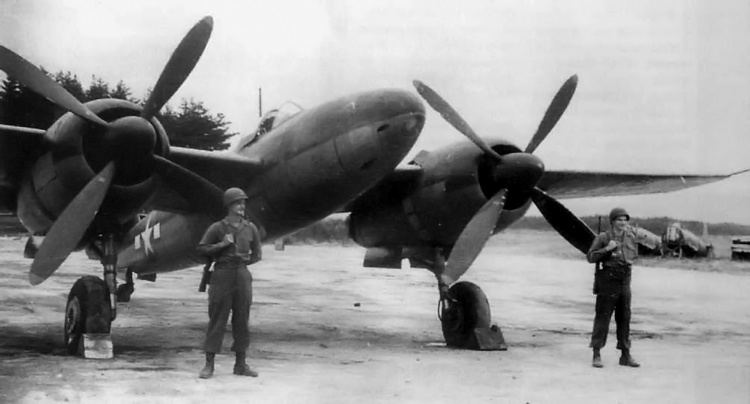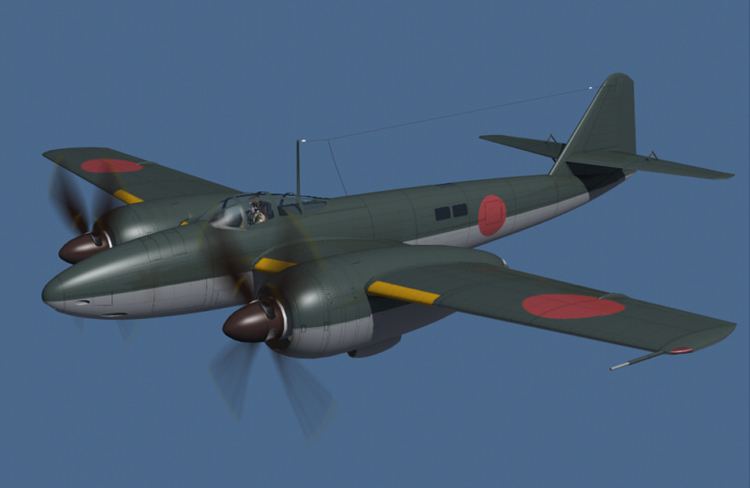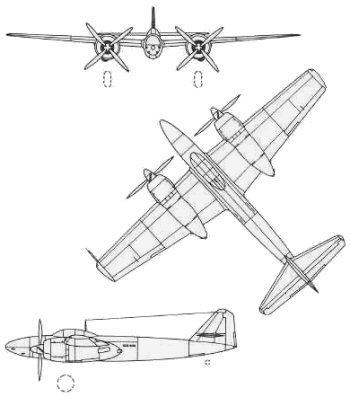Top speed 705 km/h Wingspan 16 m | Length 12 m First flight November 18, 1944 | |
Manufacturers Mitsubishi Aircraft Company, Mitsubishi Heavy Industries, Ltd. | ||
The Mitsubishi Ki-83 (キ83 (航空機)) was a Japanese experimental long-range heavy fighter designed near the end of World War II. It did not reach production status.
Contents

War thunder mitsubishi ki 83 rb
Design and development

The Mitsubishi Ki-83 was designed as a long-range heavy fighter. It was designed and built by a team led by Tomio Kubo, the designer of the highly successful Mitsubishi Ki-46 "Dinah". The design was a response to a 1943 specification for a new heavy fighter with great range. The first of four prototypes flew on 18 November 1944. The machines displayed remarkable maneuverability for aircraft of their size, being able to execute a 671 m (2,200 ft) diameter loop in just 31 seconds at a speed of over 644 km/h (400 mph). The Ki-83 carried a powerful armament of two 30 mm (1.18 in) and two 20 mm cannon in its nose.

Despite the bomb-ravaged Japanese manufacturing sector, plans for the Ki-83 to enter production within were underway when Japan surrendered on 15 August 1945.

Both the existence and performance of the Ki-83 were little known during the war, even in Japan. It was completely unknown in Allied military aviation circles – as demonstrated by the fact that the Ki-83 had not been given a reporting name. Most early photographs of the type were taken during the post-war occupation of Japan, when the four prototypes were seized by the United States Army Air Forces and re-painted with USAAF insignia. When they were evaluated by US aeronautical engineers and other experts, a Ki-83 using high-octane fuel reached a speed of 762 km/h (473 mph), at an altitude of 7,000 metres (23,000 ft).
Versions
Specifications
Data from Japanese Aircraft of the Pacific War
General characteristics
Performance

Armament

